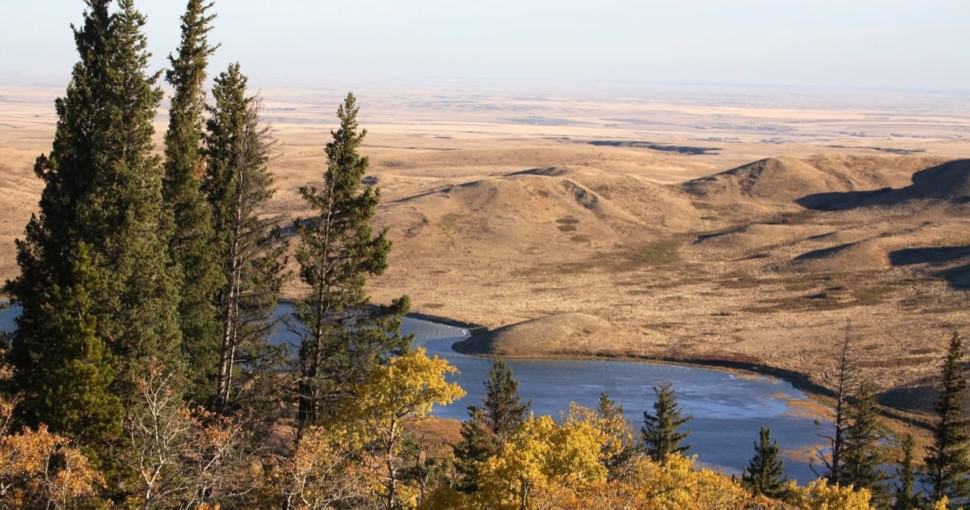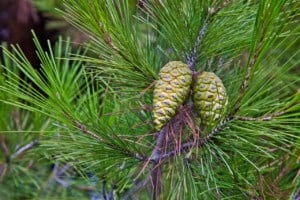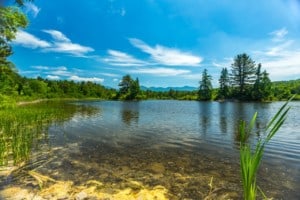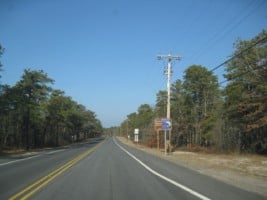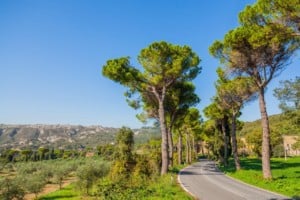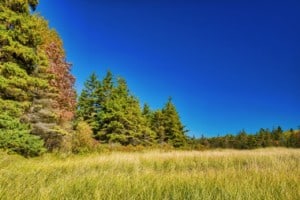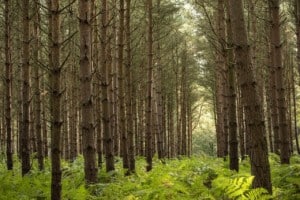When we think of Alberta, golden wheat fields and cows grazing on lush green grass is usually what comes to mind. While its natural landscape makes Alberta great, did you know that the state has a stunning variety of pine trees too? Let’s take some time today to discover the many types of stunning pine trees in Alberta.
Contents
Native gardening is quite popular in Alberta. More and more residents have taken up the practice of planting trees, bushes and flowers that grew in this region before its European colonization. This has lead to native flora coming back to bloom in Alberta, with pine trees and also maple being among the most common plants.
There are many types of pine trees now found in Alberta. You can spot the stunning Lodgepole Pine throughout the western North American region. It is even considered the most abundant and common tree in the Rocky Mountains, forming a dense stand and eventually overlapping with Jack Pines along the foothills of Alberta.
Additionally, Whitebark Pines and Limber Pines are quite common in this region too. The growth of different kinds of pine trees is supported by the weather and soil conditions of Alberta. This Canadian province sees more sunshine than any other area and has a relatively continental climate. The winters are dry, cold and sunny, and summers bring warm, dry air and moderate temperatures of 40 degrees Fahrenheit.
You must have heard of Alberta being called the Canadian Prairie due to the interior plains and grassy landscape. This makes it a prime location for planting pine trees and watching them reach massive heights. If you want to learn more about the different types of pine trees found in Alberta, read below! If you want to know about Oak in Alberta, read this article.
1. Whitebark Pine (Pinus albicaulis)
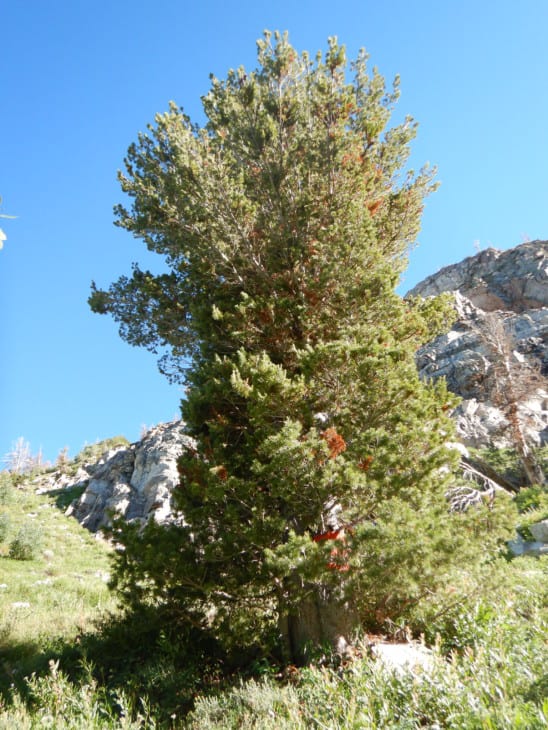
Generally found in the highest elevation areas of the forest regions, Whitebark Pines are quite common in the mountain ranges of Alberta. These trees often mark the tree line of the forest and have seed-bearing, dark purple female cones of up to 7 cm. The needles are in bundles of 5 and thin in appearance.
2. Limber Pine (Pinus flexilis)
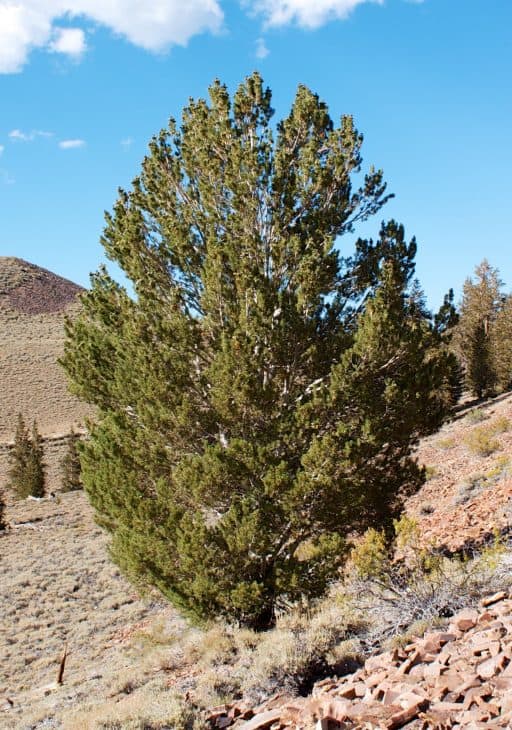
Limber Pine trees only grow 7 to 10 meters in height. They are slow-growing, long-living trees that can take several hundred years to get to maturity. Fully mature Limber Pines can live for more than a thousand years. Their central trunks are distorted and have numerous branches. Moreover, these trees have large, wooden cones with long needles.
3. Lodgepole Pine (Pinus contorta var. latifolia)
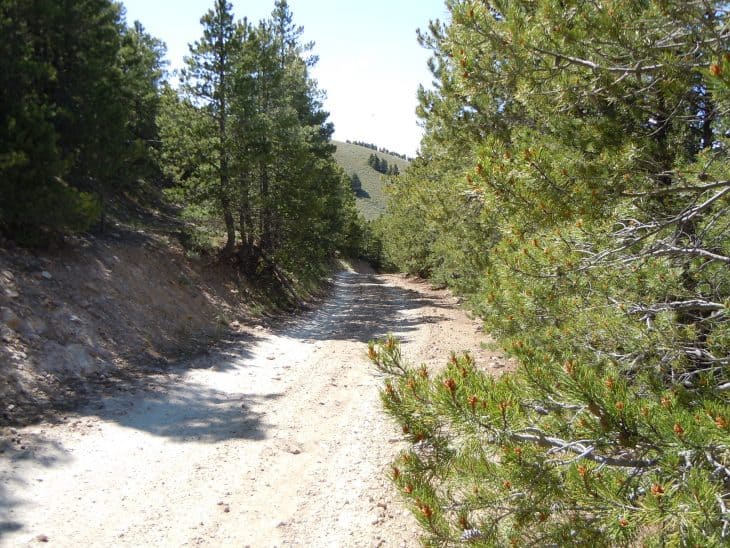
The most distinguishing features of the Lodgepole Pine are its needles, which occur in pairs of 1 and are around 6 cm long. These trees have thin, scaly branches found in colours of orange-brown and gray. Lodgepole pines increase about half a meter per year and live up to 30 years.
4. Jack Pine (Pinus banksiana)
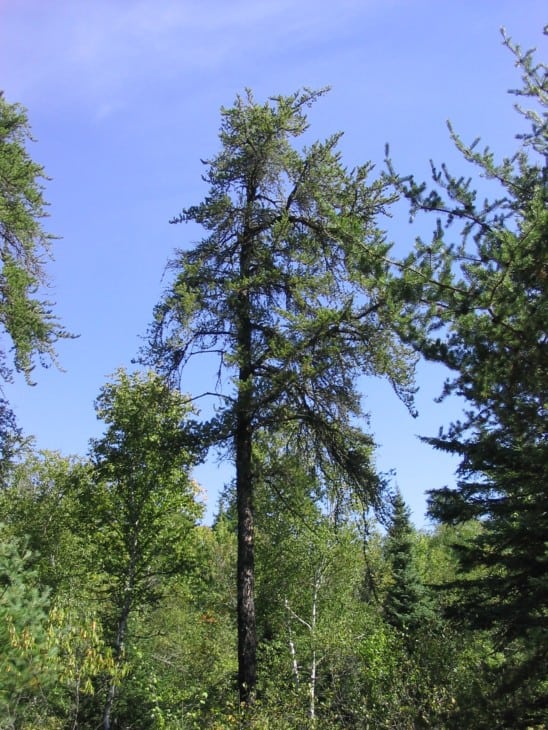
Also called the Gray Pine or the Scrub Pine, Jack Pine trees generally grow faster than most other coniferous plants. They have a high growth rate and lives for more than 200 years. However, it is important to note that most Jack Pines begin to show signs of decay by the age of 75. These trees have cones with a curved tip that are 5 cm long and small, fragile needles.

